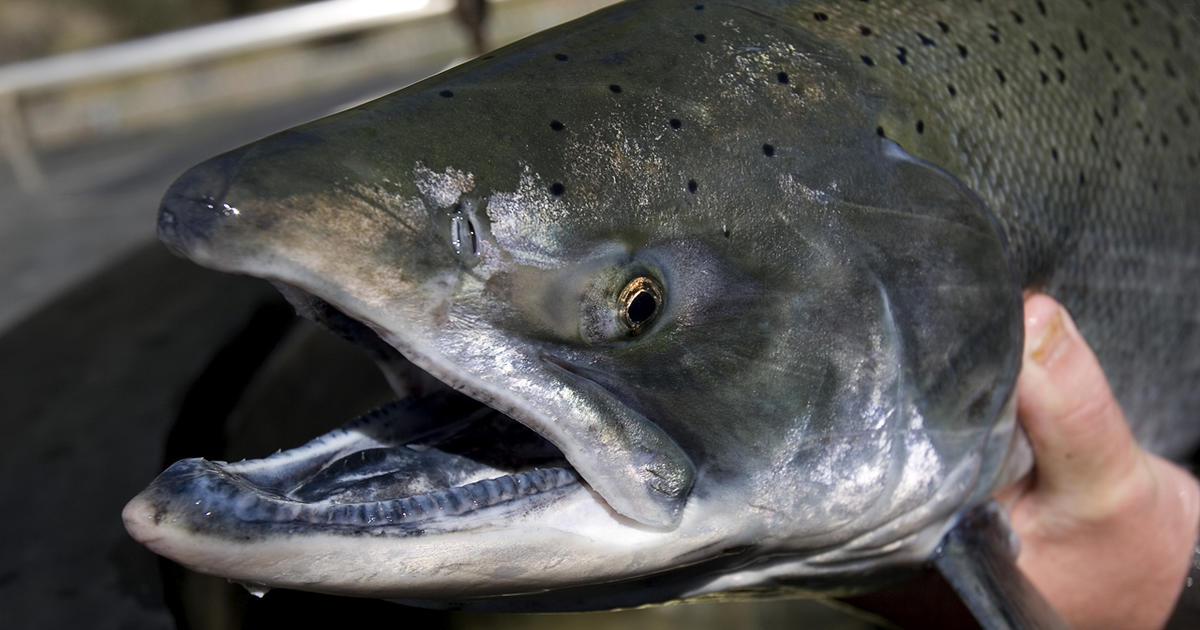The recent Living Planet Report from the World Wide Fund for Nature (WWF) paints a grim picture of the state of global biodiversity, revealing a catastrophic 73% decline in average wildlife populations over the past 50 years. This alarming statistic underscores the urgent need for global action to protect and restore biodiversity, a topic of critical importance at the upcoming COP16 conference in Cali, Colombia. The report highlights the interconnectedness of human activities, climate change, and the resulting devastating impacts on various species across the globe, from iconic animals like elephants to crucial species like salmon. This decline is not simply a matter of environmental concern; it threatens the very fabric of human societies, impacting food security, medicine, and overall well-being. The urgency to act is undeniable and demands immediate and concerted global efforts.
The Catastrophic Decline in Global Biodiversity
The Stark Reality of the Numbers
The WWF’s Living Planet Report 2024 presents undeniable evidence of a biodiversity crisis. The 73% average decline in wildlife populations over just 50 years represents a catastrophic loss of life on Earth. This is not a gradual process; it’s an accelerating decline, threatening the delicate balance of ecosystems worldwide. This dramatic reduction isn’t confined to specific regions; it’s a global phenomenon affecting a broad range of species, from the largest mammals to the smallest insects. The implications for the planet’s health and the human population are profound and cannot be ignored. This rapid loss reflects a breakdown in the intricate web of life that sustains our planet. The report serves as a powerful wake-up call, demanding immediate and concerted global action.
The Intertwined Threats of Climate Change and Human Activity
The report identifies climate change and human activity as the primary drivers of this biodiversity crisis. Climate change alters habitats, disrupting established ecological patterns and pushing species beyond their adaptive capacity. Human encroachment into wildlife habitats through deforestation, urbanization, and unsustainable resource extraction directly threatens species survival and disrupts established ecological systems. These factors often work in synergy, compounding the impact on already vulnerable species. The consequences range from habitat loss to disruptions in migration patterns, directly impacting species survival. For instance, the report highlights the plight of the Chinook salmon, where the combined effects of dam construction and climate change have drastically reduced their numbers. Understanding these intertwined threats is crucial for developing effective conservation strategies.
Case Studies: Birds, Salmon, and the Interconnectedness of Life
The Declining Bird Populations
The decline in biodiversity is not limited to a single species or region. Many bird populations, crucial components of various ecosystems, are experiencing sharp declines. This decline isn’t isolated; it directly links to biodiversity loss within their habitats. The loss of insects, plants and other elements disrupts the birds’ food source and essential habitat elements leading to decreased breeding success. As seen in the San Francisco Bay Area, where the needs of native birds depend on rich biodiversity in plant and insect populations. The loss of these interconnected life forms negatively affects the bird species population. The conservation of birds demands that entire habitats need protection, thus securing not only the birds’ survival, but also the numerous species supporting them.
The Plight of the Chinook Salmon
The example of the winter-run Chinook salmon in California vividly illustrates the cascading effects of human activity and climate change on a species and the entire ecosystem. The Shasta Dam’s blockage of historical spawning grounds and the climate change-induced alterations to the Sacramento River highlight how human interventions profoundly influence migratory routes and species survival. The devastating 88% decline in Chinook salmon numbers since 1970 serves as a stark warning about the implications of neglecting these effects. The collaborative efforts between the Winnemem Wintu Tribe, Māori people, and fish biologists are showing a path towards restoring the population, illustrating the power of cultural knowledge and scientific collaboration in environmental stewardship. Their efforts aren’t just about saving a fish; it is saving a keystone species essential to maintaining a healthy river ecosystem and the human populations dependent on it.
The Urgent Call for Global Action and Conservation Efforts
The Importance of Biodiversity for Human Survival
The report makes a strong case for biodiversity conservation, emphasizing its vital role in human well-being. Biodiversity isn’t just about protecting individual species; it’s about protecting the ecological infrastructure that supports human life. Biodiversity underpins food security, medicine, housing, and countless other aspects of human society. The loss of biodiversity means the loss of potential cures, food sources, and ecological processes vital to maintaining life. Preserving the remaining biodiversity needs to be approached strategically to maximize impact and sustainability. It needs to involve all stakeholders in promoting cooperation and responsibility.
The Role of COP16 and the Path Forward
COP16 presents a critical opportunity for nations to come together and agree on concrete actions to halt the decline in biodiversity and restore damaged ecosystems. The success of this conference will depend on commitment to new conservation standards. Collaborative strategies incorporating scientific research and indigenous knowledge offer the most effective approaches towards a sustainable future. By uniting people and fostering partnerships, nations can collectively establish effective conservation policies, support research into regenerative practices and strengthen efforts in promoting and educating stakeholders regarding ecological conservation. A fundamental shift in global awareness towards nature conservation, fostering appreciation and understanding in the general population, will be key in influencing attitudes toward the protection of our environment. The report’s urgency underscores the need for immediate and collaborative action; protecting our planet requires immediate action and global solidarity.
Take Away Points:
- The WWF’s Living Planet Report reveals a catastrophic 73% decline in average wildlife populations over 50 years.
- Climate change and human activities are the primary drivers of this biodiversity crisis.
- Protecting biodiversity is essential for human well-being, impacting food security, medicine, and overall survival.
- COP16 provides a crucial opportunity for nations to agree on effective conservation standards and measures.
- Collaborative efforts integrating scientific knowledge and indigenous perspectives are needed to restore biodiversity.




